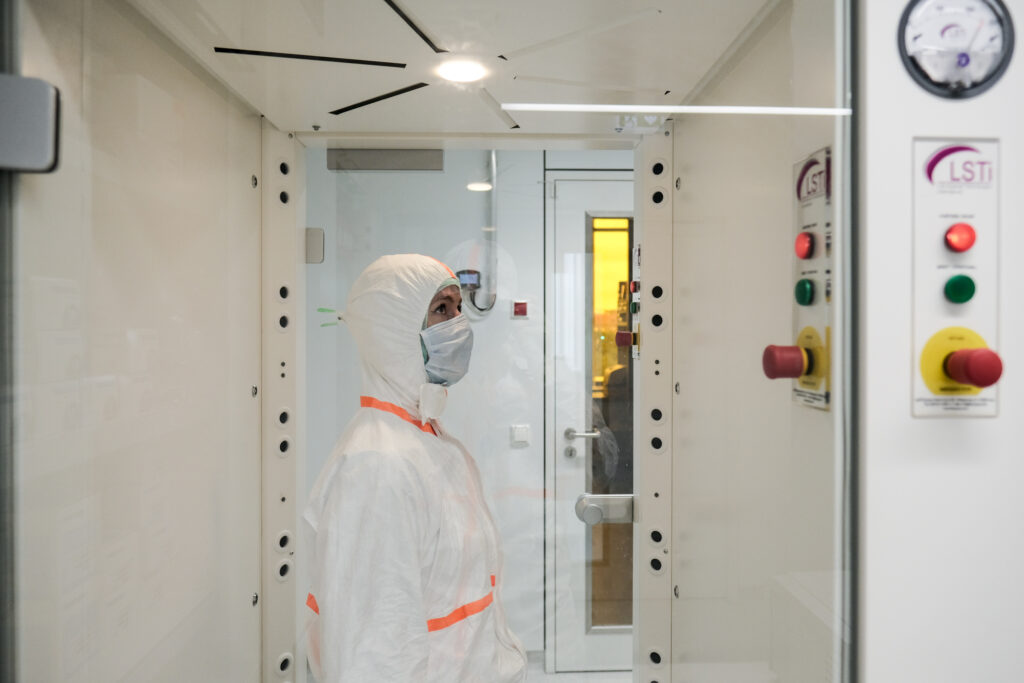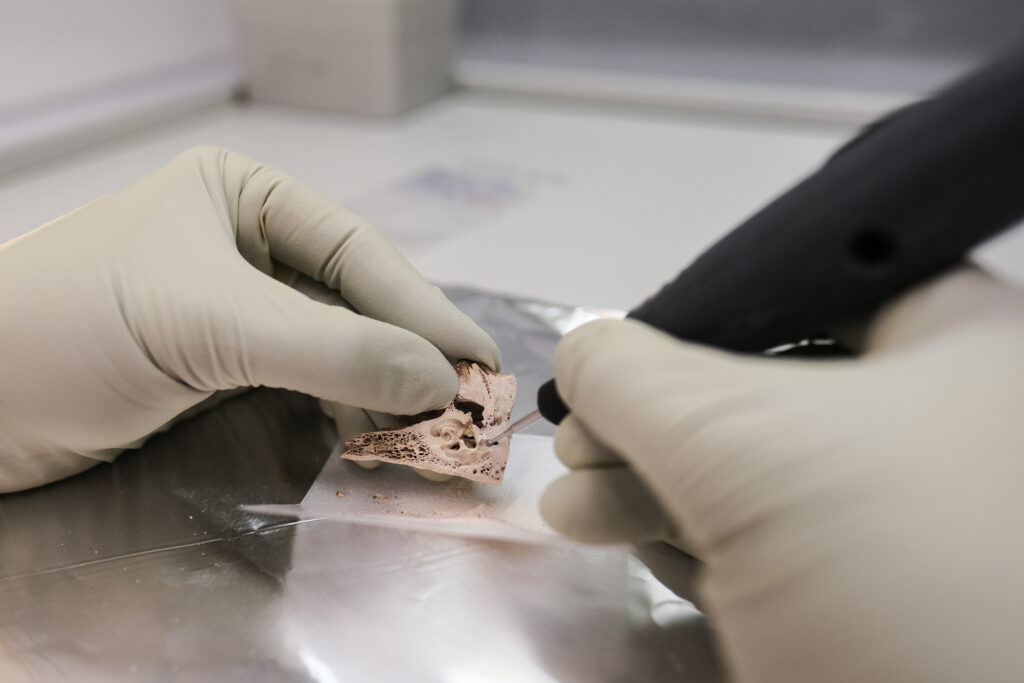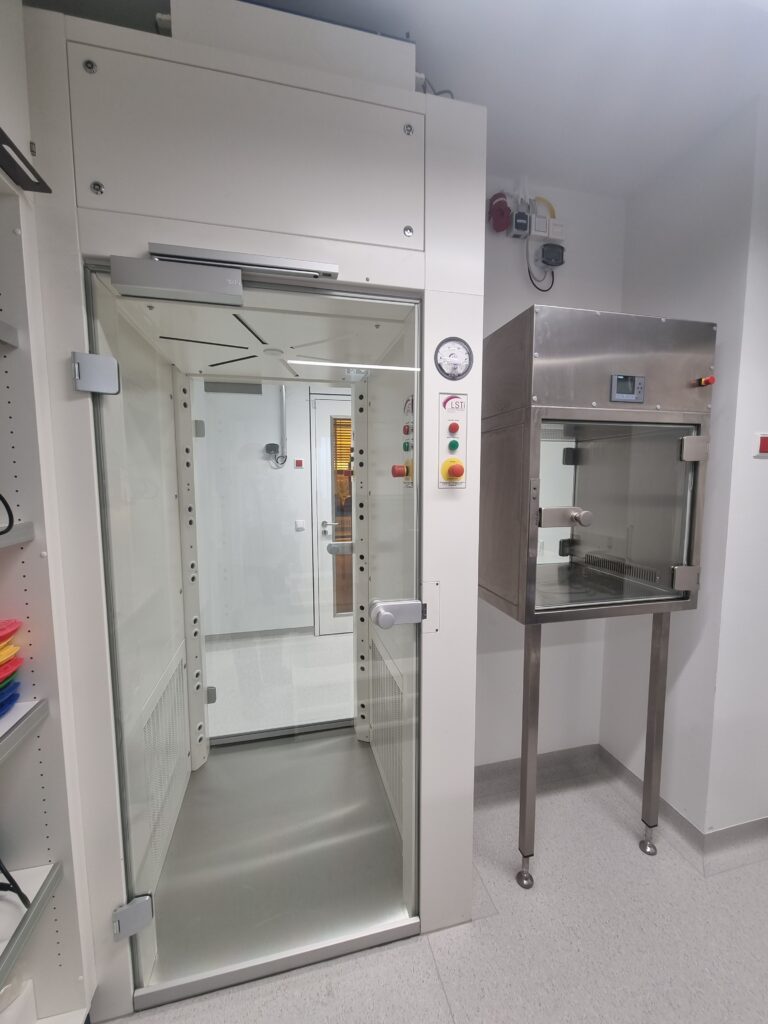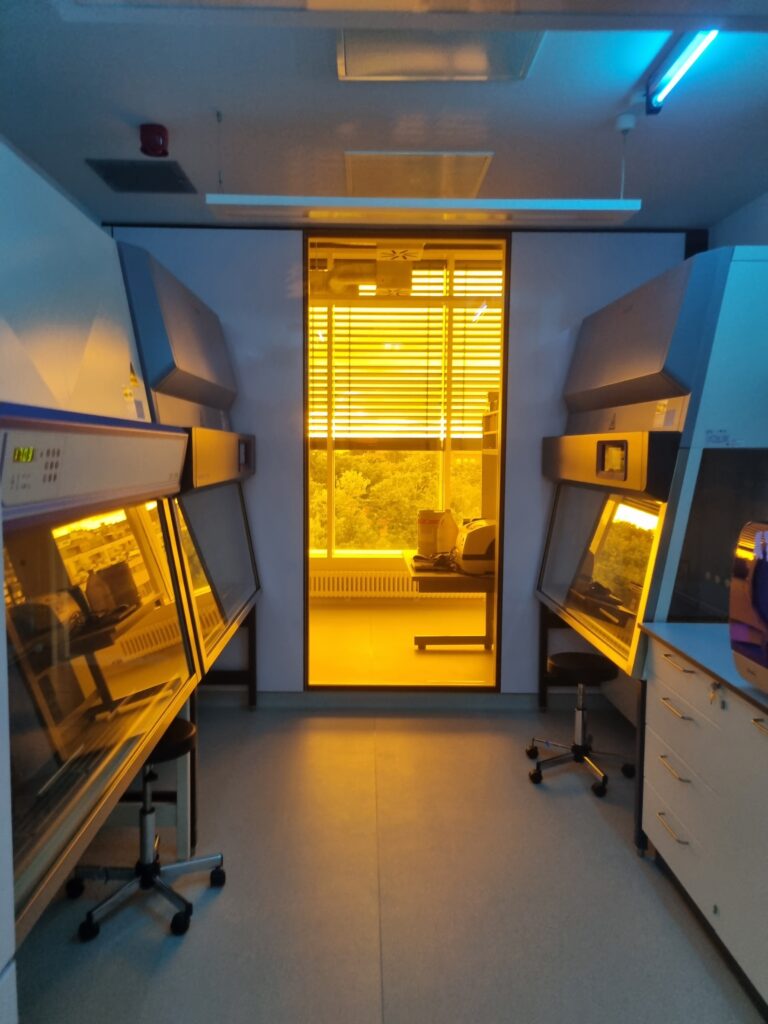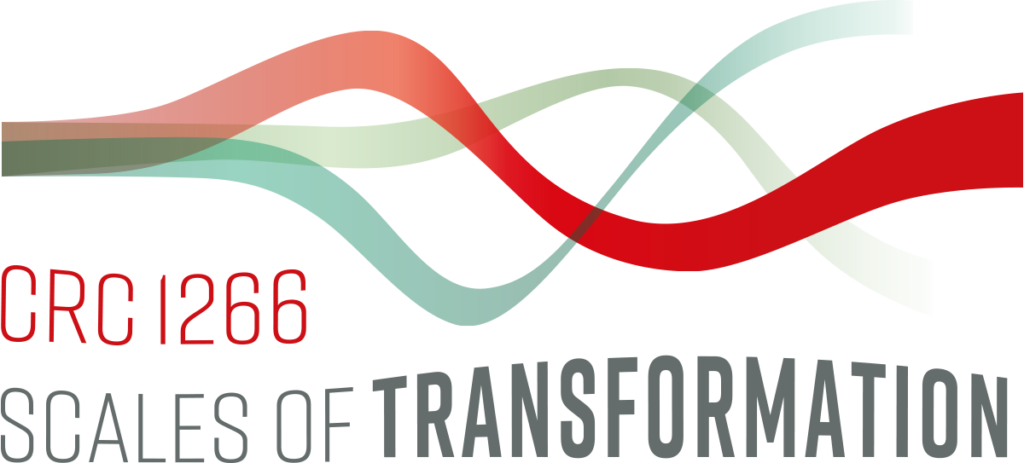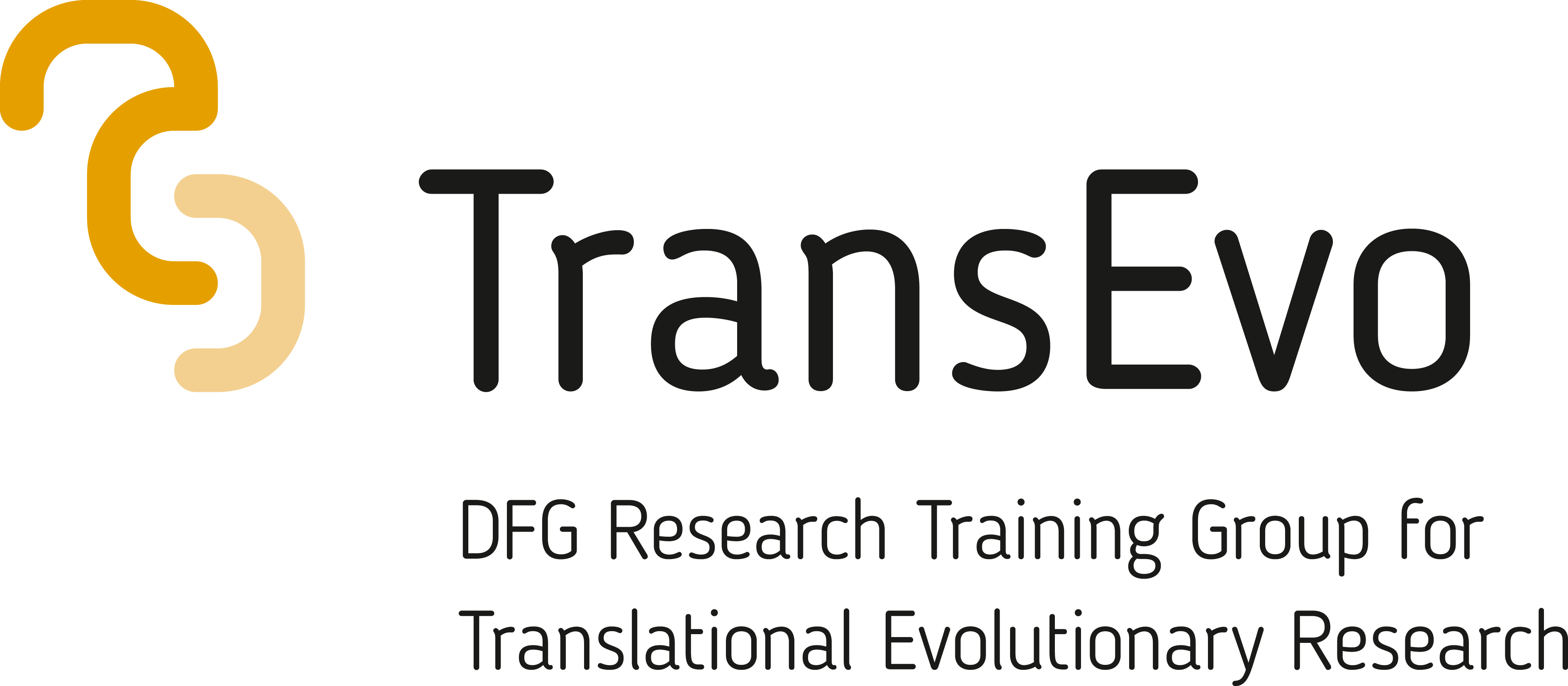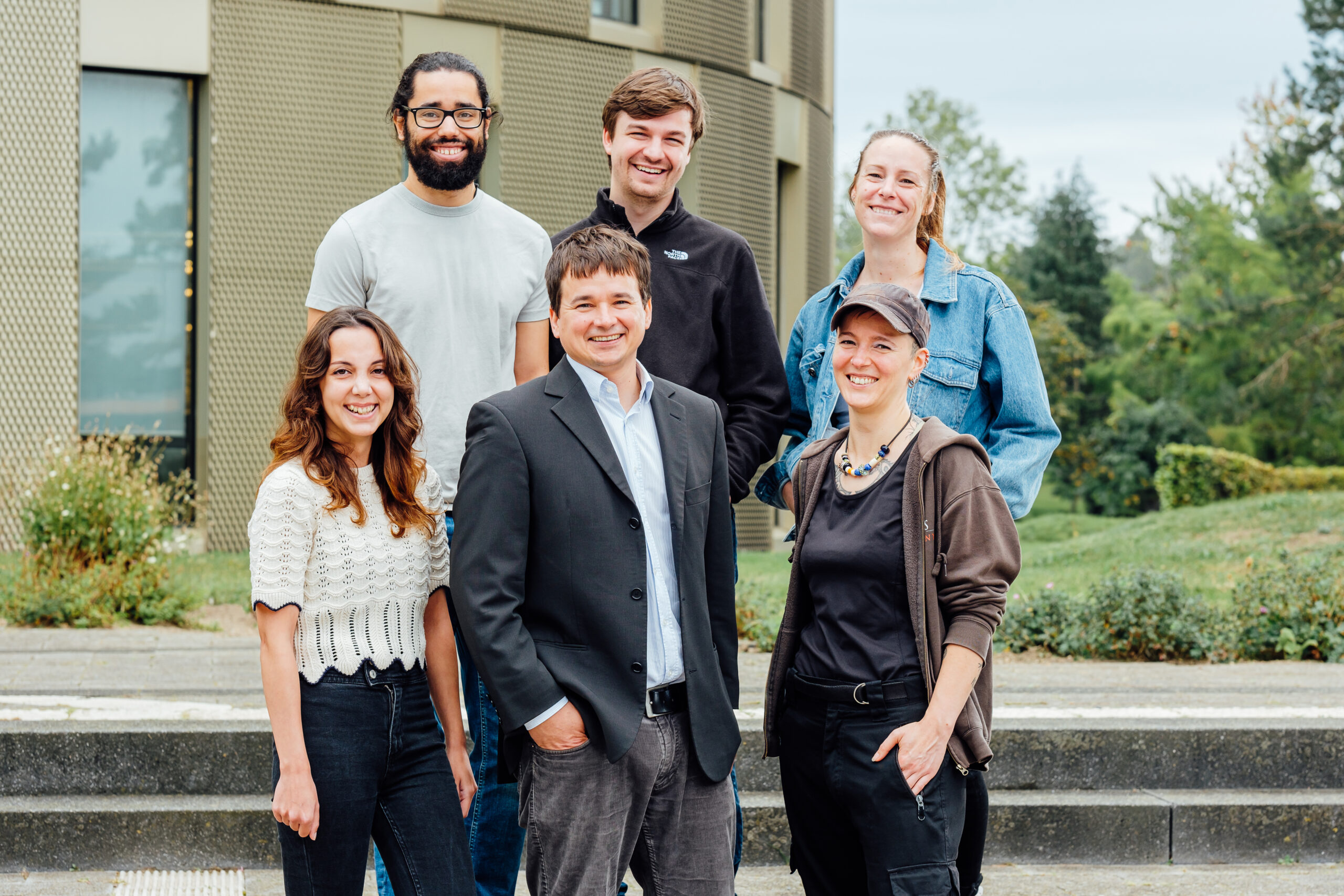
Ben Krause-Kyora
Ancient DNA Research
Mission Statement
Our main interest is to investigate human-pathogen co-evolution over the last millennia in Europe. The underlying mechanisms have important implications for both modern infection biology and research into chronic inflammation. By analysing ancient DNA (aDNA), we trace evolutionary changes through time, practically watching as they are happening. Our focus is primarily on the evolution of pathogens and the immunogenomics of the human host, two sides of the same coin.
In recent years, we have identified and analysed the genomes of a broad spectrum of viral and bacterial pathogens that are up to 7000 years old, such as Helicobacter pylori, Yersinia pestis and Mycobacterium leprae or the hepatitis B and smallpox viruses. In our studies, we have shown that the genome of M. leprae has hardly changed in 1000 years, whereas Y. pestis has accumulated many mutations, especially in its virulence genes. We are interested in where and when pathogens first emerged, how they adapted to humans and which animal vectors/reservoirs were involved in their spread. These and other questions are currently being addressed and the answers will aid in a better understanding of infectious disease epidemiology in the past and present.
There is growing evidence from our and other aDNA studies that demographic events (e.g., admixture) and natural selection have played an important role in shaping the current human gene pool over the past 10,000 years. It appears that these processes have significantly influenced the frequency and geographical distribution of variants that underlie susceptibility to many modern diseases, including inflammatory and immune-mediated disorders. We investigate ancient population samples to track variants through time and to reconstruct their evolutionary history. The aim is to understand, for example, when variants were introduced into the European gene pool and to what extent past diet- and pathogen-driven selection events affected the frequency of present-day genetic disease factors.
